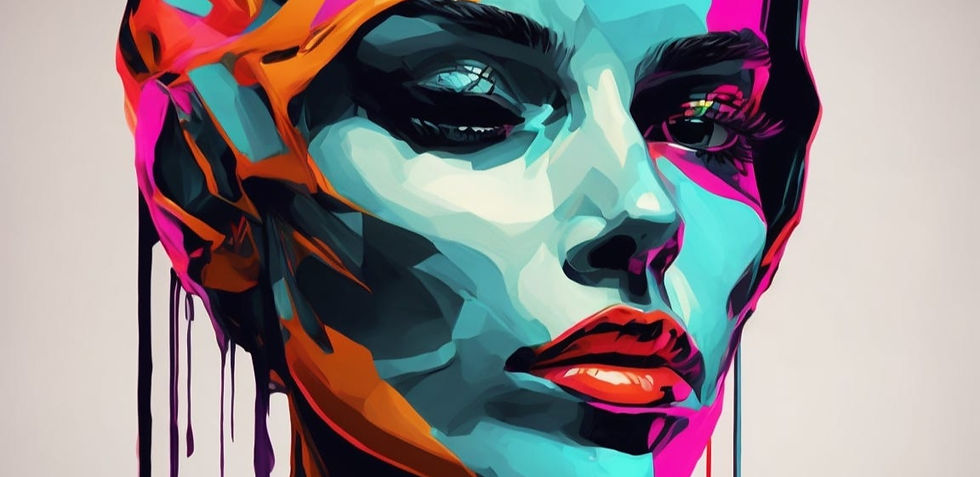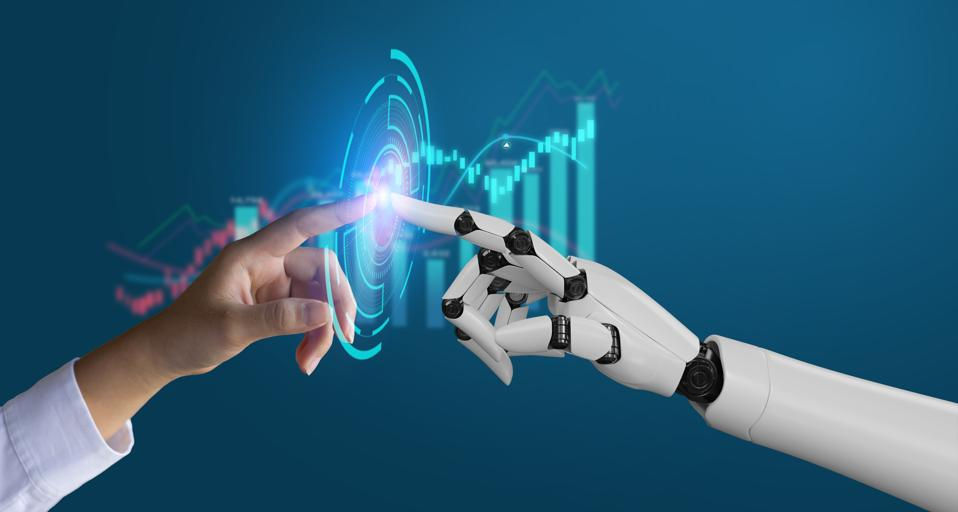AI Artistry Unleashing Creativity with AI Driven Tools
- AI Improve Tools
- Sep 20
- 4 min read
In recent years, technology and creativity have collided to spark a new era of artistic expression. AI-driven tools are radically transforming how artists create, enabling them to explore exciting new dimensions of their craft.

This blog post explores the fascinating world of AI artistry, revealing how innovative tools are not merely enhancing creativity but reshaping the entire artistic landscape.
The Rise of AI in Art
Artificial intelligence in the art world is not just a passing trend; it marks a major shift in how art is imagined and crafted. AI algorithms can analyze vast libraries of artwork, learning from countless styles and techniques. For instance, a study showed that AI could generate pieces closely resembling the work of famous artists over 80% of the time. This capability allows creators to break free from traditional constraints, exploring styles and concepts that may have previously seemed unreachable.
As AI technology progresses, it becomes increasingly available to artists of all skill levels. Professionals, amateurs, and hobbyists alike can harness the power of AI tools to enrich their creative process. For example, platforms like DeepArt and Runway ML allow users to create striking images without needing formal training, leveling the playing field for aspiring artists. This democratization of art creation is one of the most thrilling aspects of AI artistry.
Understanding AI Artistry
A remarkable element of AI artistry is its collaborative spirit. Artists can engage with AI as a partner rather than a replacement. This collaboration often yields unexpected results that inspire fresh ideas and directions in an artist's work.
For example, the project "Songs of the Machines" challenged musicians to work alongside AI to compose music, resulting in unique fusions of man-made and machine-generated sounds.
The Tools of the Trade
Generative Adversarial Networks (GANs)
At the forefront of AI artistry are Generative Adversarial Networks (GANs). These powerful technologies consist of two neural networks: a generator that creates images and a discriminator that assesses them. Through this process, the generator continuously refines its output, resulting in increasingly sophisticated and lifelike images.
Artists can leverage GANs to craft unique pieces that blend various styles or create entirely new concepts. For instance, digital artist Refik Anadol used GANs to create mesmerizing visualizations based on data patterns, earning accolades at art exhibitions. The ability to produce high-quality images at remarkable speed broadens the horizons for experimentation and creativity in art.
Style Transfer
Another significant tool in the AI artist's arsenal is style transfer. This technique empowers artists to apply the visual style of one image to another. For example, an artist can transform a photograph into a painting reminiscent of Van Gogh or Picasso, blending multiple influences into a cohesive new work.
Style transfer tools are accessible and user-friendly, allowing artists to explore different styles without extensive training. An example of popular software is Prisma, which sees millions of downloads and enables everyday users to create art in the styles of various renowned artists.
AI Music Composition
AI has also made impressive inroads in music composition. Tools like OpenAI's MuseNet and Google's Magenta can generate original music tailored to user-defined parameters. These AI systems learn from existing melodies to produce new pieces that reflect a variety of genres, enhancing creativity for musicians.
Musicians can use AI-driven tools to inspire their compositions, create backing tracks, or collaborate on pieces. AI has played a crucial role in industries like pop music, where artists have successfully integrated AI-generated music into hit songs, broadening the reach and impact of their work.
The Impact on Traditional Art Forms
The emergence of AI artistry does not threaten traditional art forms; instead, it enhances them. Many artists now blend AI tools with their creative processes, merging traditional and modern techniques to pave the way for innovation.
For example, painters might use AI-generated images as a foundation for their canvases, injecting their individuality into the final piece. Sculptors might leverage AI to design intricate patterns that would be nearly impossible to create by hand. In a notable instance, artist Sofia Crespo used AI to design intricate sculptures that captivated viewers at the 2022 Venice Biennale, showcasing the harmony between technology and traditional artistry.
Ethical Considerations in AI Artistry
As with any technological breakthrough, the rise of AI artistry brings up pressing ethical questions. Key issues include copyright, authorship, and the fear that AI could replace human artists, prompting important discussions within the art community.
Who truly owns the rights to an artwork created by AI? Is it the artist who utilized the tool, the developer behind the AI, or the AI itself? These complex questions warrant thoughtful consideration as the field evolves.
Additionally, there is concern that AI could undermine traditional artistic skills. Although AI can produce stunning work, it lacks the emotional depth and personal experiences that human artists inject into their creations. The challenge lies in striking a balance between embracing new technologies and safeguarding the essence of human creativity.

A Bright Future for AI Artistry
The future of AI artistry is filled with exciting possibilities for innovation and exploration. As technology continues to evolve, we can anticipate even more advanced tools that empower artists to push their creative boundaries further.
The collaboration between artists and AI will likely become smoother, with tools that adapt to the unique styles and preferences of individual creators. This personalization will enable artists to forge works that are distinctly their own while tapping into the vast capabilities of AI.
Moreover, as AI becomes seamlessly integrated into the art world, we may witness the emergence of new forms of artistic expression. Interactive installations, immersive experiences, and AI-generated performances could redefine how audiences engage with art, making it a more participatory and dynamic experience.
Embracing the New Art Frontier
AI artistry is revolutionizing the creative landscape, granting artists fresh tools and opportunities to explore their craft. By embracing AI-driven tools, artists can unlock their creativity and push the limits of what is possible in art.
As we journey through this exciting new era, it is vital to consider the ethical implications and strive to achieve a balance between technology and human creativity. The future of AI artistry is indeed promising, and this is an exhilarating moment to engage with this evolving narrative.
Ultimately, AI artistry is about enriching human creativity rather than replacing it. By utilizing the power of AI, artists can create works that resonate deeply, inviting audiences to experience art in transformative ways.





Comments